Healthy Beverage Initiative
Choosing free, filtered water over sugary drinks can have a profound effect on the environment, your wallet and your health.
Started in 2019 as a part of a systemwide effort, the goal of the UC Healthy Beverage Initiative (UC HBI) is to encourage the consumption of tap water as a healthy, free, and sustainable alternative to sugary drinks. This year, the Healthy Beverage Initiative is directing its efforts towards:
Educational Outreach
- Three Why's of Water
- Hydration Fun Facts
- How to Make the Switch
Increasing Access to Water
- Newly Installed Water Stations
- Water Ambassadors
- H20 Station Map
Jump to Healthy Beverage Quiz
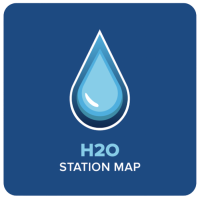
Get the Facts!
Why Choose Water?
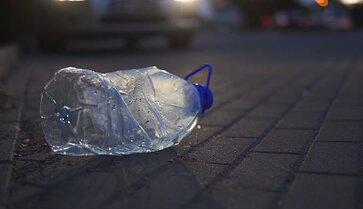
Sustainability
The average sugary drink from a store results in over 80 times more greenhouse gas emissions than tap water.

Savings
By filling up your bottle at a water station instead of buying soda every day, you could save $365-1,095 per year (assuming $1-3/day).
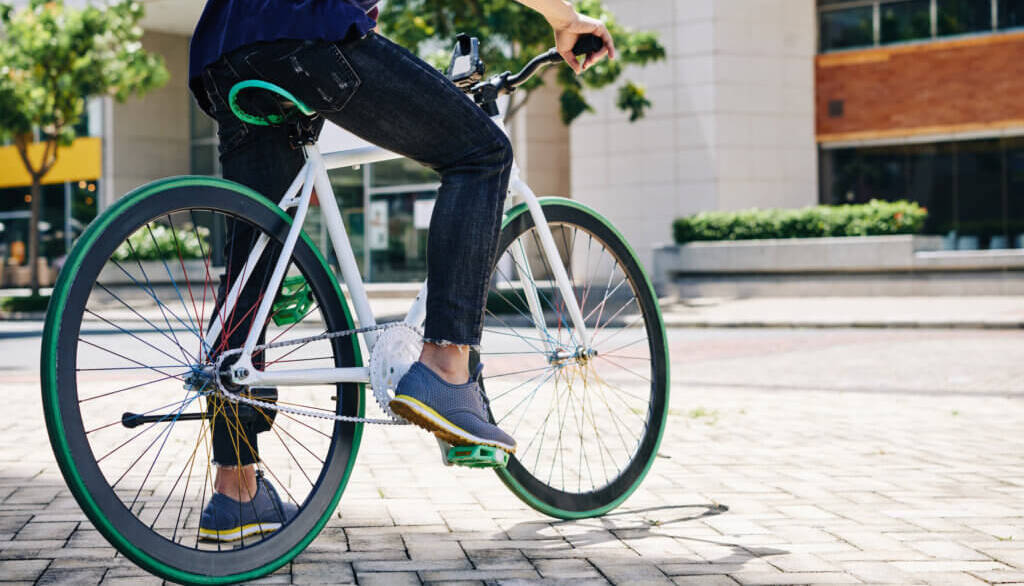
Health
Replacing sugary drinks with unsweetened alternatives can reduce risk of developing type 2 diabetes, heart disease, and tooth decay.
- Daily Recommendations
- It's recommended that most people limit added sugars to no more than 12 teaspoons or 50 grams per day.
- A typical 20 fl oz bottle of cola has more added sugar than the entire daily recommended limit: With 65 grams (15 teaspoons) of added sugars, it contains 130% of the daily limit.
- Even fruit-flavored drinks can have large amounts of “hidden” sugars. These include most lemonades, cranberry cocktails, and fruit punches. Although these drinks may have labels like “100% vitamin C,” it does not mean they contain 100% juice. Check the nutrition facts label to identify added sugars.
- How to Identify Sugary Drinks
Sugary drinks, or sugar sweetened beverages (SSBs), can be identified by:
- 1. The presence of added sugar on the nutrition facts panel
- 2. The presence of sugar-containing sweeteners in the ingredient list like high fructose corn syrup, sucrose, juice concentrate, cane sugar, honey etc.
- Examples of sugar-sweetened beverages include regular soda, fruit-flavored drinks (e.g., lemonade, cranberry cocktail, fruit punch), sports and energy drinks, sweetened teas, and sweetened coffees (not including diet versions).
How to Make the Switch to Healthy Beverages
- When you’re craving something sweet, go for a smoothie made without added sugar or go for whole or cut fruit. You could also try mixing 100% fruit juice with water or sparkling water.
- Read nutrition labels and ingredients. The FDA now requires added sugars on nutrition facts labels
- Choose water! You can add fruit for flavor or try sparkling/seltzer water if you prefer carbonated drinks.
- When you do drink sugar-sweetened beverages, opt for a smaller size or a beverage with less added sugar.
- Carry a water bottle that you can refill
Test Your Knowledge
Click the button below to test your knowledge and enter a drawing for a Healthy UC Davis water bottle! Winners will be contacted at the end of the month.
Increasing Access
By installing, upgrading, and advertising water stations, it's now easier than ever to access free and refreshing water.
Newly Installed Water Stations
- Sacramento Campus
- Administrative Support Building (ASB)
- Blaisdell Medical Library
- Cancer Center
- Mind Institute
- Ticon III
- Research III
- Davis Campus
- Aggie Stadium
- Meyer Hall
- Mrak Hall
- Plant and Environmental Sciences
- Putah Creek Lodge
- Sciences Laboratory Building
- Silo Courtyard
- Wickson Hall
- Wyatt Deck
Water Ambassadors
Thanks to a dedicated team of UC Davis design students, many hard-to-find water stations are made more prominent by our 3 new Water Ambassadors. Find each of their 3 smiling faces on posters throughout campus and on stickers at our tabling events!

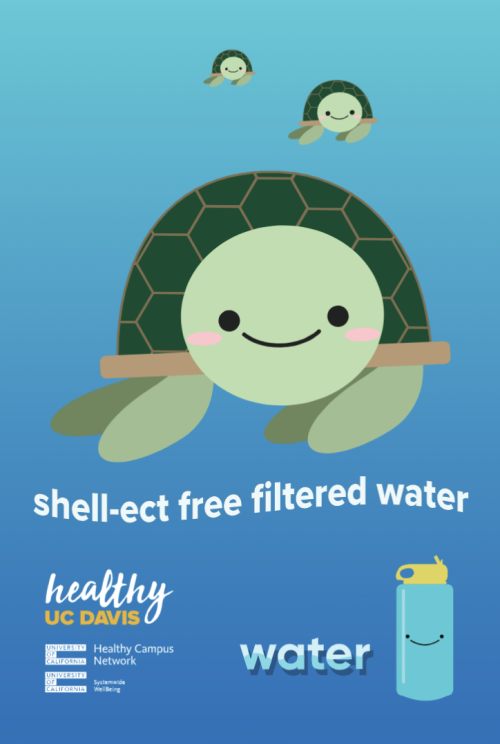
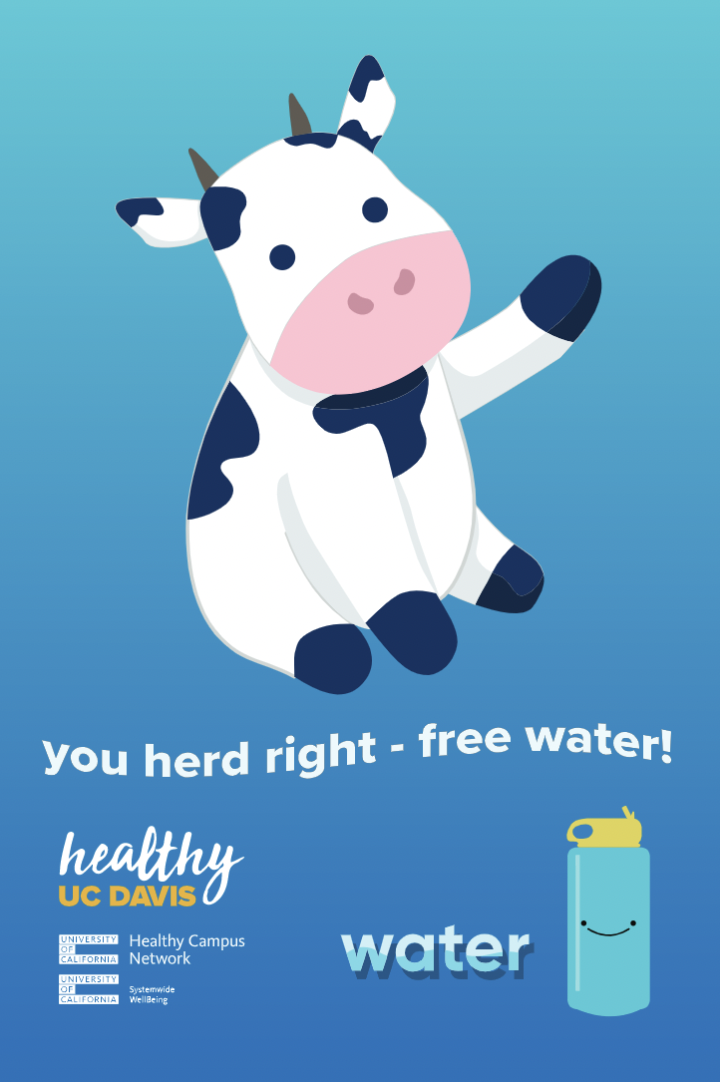
H20 Station Map
Created by Student Health and Counseling Services, this map provides info and directions to the nearest water station. Learn more about their campaign Hydrate to Feel Great.
